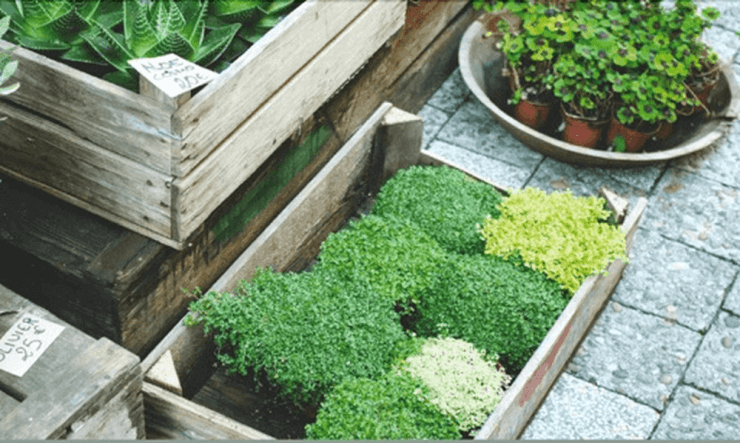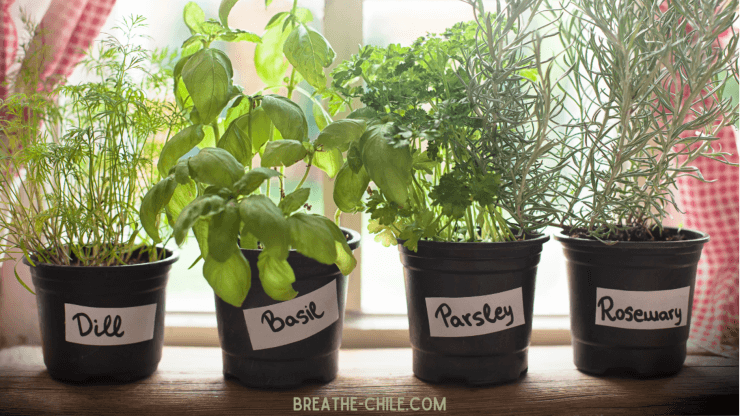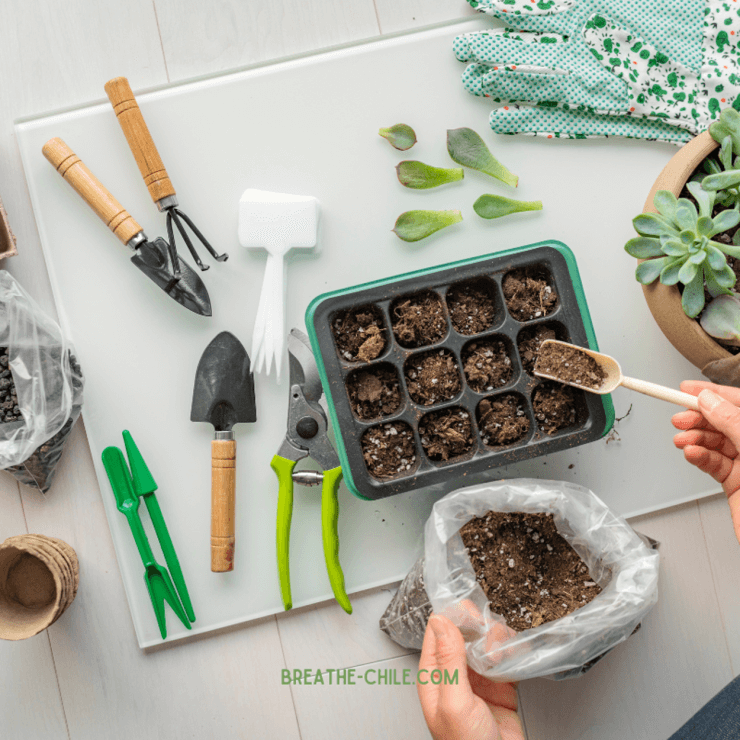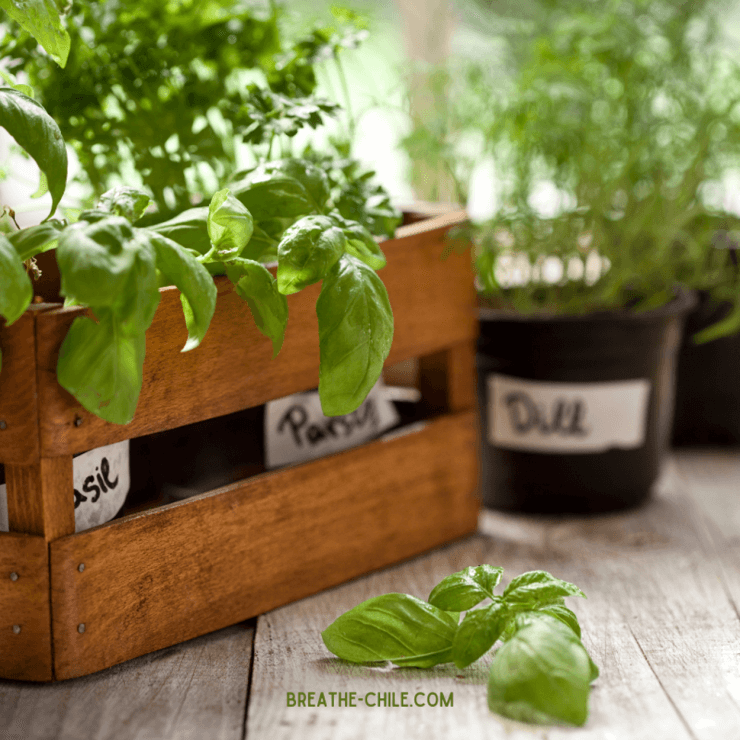
Having an indoor veggie garden brings the joys of gardening right into the comfort of your own home, but it also aligns perfectly with a healthy lifestyle. By growing your own vegetables indoors, you can have access to fresh, nutritious produce all year round, regardless of the weather outside.
What is Indoor Gardening?
Indoor gardening is the act of growing plants inside your home. It can be as simple as having a few plants in pots or more elaborate setups with different types of vegetables, fruits, herbs, and flowers. It’s a great way to enjoy gardening, regardless of the weather or the size of your space. Whether you have a small apartment or a spacious house, you can create your own indoor oasis and grow a variety of plants, including salad greens, tomatoes, and lettuce.
One of the advantages of indoor gardening is the ability to grow vegetables indoors. This allows you to have a fresh supply of ingredients right at your fingertips, even during the winter months when outdoor gardening may not be possible. By starting seeds indoors and providing them with the necessary care, you can have a head start on your growing season and extend it throughout the year.

My Journey to Gardening
If you’ve been following Breathe-Chile.com, you’ve surely been on this amazing journey with me as we explore a healthier lifestyle. Along the way, I’ve discovered different holistic practices and experiences that have greatly improved my well-being. And I’m excited to share these insights with the community.
I’ve been wanting to start an outdoor garden for a while now. However, before getting in over my head, I believe that starting with an indoor garden could serve as a gateway into this new world. Not only will it allow me to familiarize myself with the basics of gardening, but also understand how it will integrate into my lifestyle.
By creating an indoor garden, I hope to gain a deeper understanding of the plant’s needs, the importance of sunlight, proper watering techniques, and the overall care required to maintain a thriving garden. It will also provide me with the opportunity to experiment with different types of plants, understand their unique characteristics, and develop my own green thumb.
Moreover, an indoor garden can offer a myriad of benefits. It can purify the air inside the home, and even help reduce stress and improve overall well-being. As someone passionate about leading a healthy lifestyle, it is essential for me to have a sanctuary that fosters tranquility and promotes a sense of connection with nature.
As I embark on this gardening journey, I promise to share my trials, triumphs, and everything in between on Breathe-Chile.com. Together, we can explore the wonders of gardening and inspire one another to embrace a greener, healthier lifestyle. So stay tuned, for there is a world of possibilities waiting to be unearthed within this journey.

Essentials For An Amazing Indoor Veggie Garden
The act of caring for and nurturing living beings can have a positive impact on your mental well-being, promoting mindfulness and relaxation. There are a few essential elements to consider when it comes to setting up an indoor veggie garden.
Selecting the Right Plants: Start by choosing veggies that thrive in indoor environments. Herbs like basil, thyme, and mint are excellent choices, as well as compact vegetables like cherry tomatoes, peppers, and microgreens. Consider the available space and sunlight when deciding on your plant selection.
Herbs are not only delightful additions to culinary creations, but they also offer a range of health benefits. Here are some herbs that can contribute to a healthy lifestyle:
- Basil: Basil is rich in antioxidants and has anti-inflammatory properties. It’s also a good source of vitamins A and K, as well as essential minerals like iron and calcium.
- Mint: Mint is known for its digestive properties. It can help soothe an upset stomach, alleviate indigestion, and promote healthy digestion. Additionally, mint leaves add a refreshing flavor to drinks and dishes.
- Thyme: Thyme contains compounds with antioxidant and anti-inflammatory properties. It’s also a good source of vitamins C and A. Thyme has been linked to respiratory health and may help alleviate coughs.
- Rosemary: Rosemary is rich in antioxidants and anti-inflammatory compounds. It has been associated with improved digestion and circulation. The aroma of rosemary is also believed to enhance concentration and memory.
- Cilantro (Coriander): Cilantro is packed with antioxidants and has been linked to various health benefits, including detoxification and digestive health. It adds a vibrant flavor to dishes and is a good source of vitamins A and K.
- Parsley: Parsley is a nutrient-dense herb, containing vitamins A, C, and K, as well as iron and potassium. It has been associated with supporting bone health and may have anti-inflammatory properties.
- Oregano: Oregano is rich in antioxidants and has antimicrobial properties. It may help fight infections and support the immune system. Oregano is also a flavorful addition to various dishes.
- Chives: Chives contain vitamins A and C and are a good source of antioxidants. They add a mild onion flavor to dishes and can be a nutritious addition to salads, soups, and more.
- Dill: Dill is not only a tasty herb but also contains antioxidants and has been associated with various health benefits. It may have anti-inflammatory and antimicrobial properties.
- Lavender: Lavender is known for its calming properties. It can be used to make soothing teas or incorporated into recipes for a subtle floral flavor. Lavender may contribute to relaxation and stress reduction.
Quality Soil: The foundation of a successful indoor veggie garden lies in the soil. Opt for a high-quality potting mix that provides proper drainage and aeration. This will give your plants the nutrients they need while preventing waterlogged roots.
Containers and Pots: Choose containers that suit the size and growth habits of your chosen vegetables. Ensure that each container has drainage holes to prevent overwatering. Consider the aesthetic aspect, too, as stylish pots can enhance the overall look of your indoor garden, aligning with the theme of your home.
Lighting Solutions: Since natural sunlight may be limited indoors, invest in suitable lighting. LED grow lights are energy-efficient and mimic the spectrum of natural sunlight, promoting healthy plant growth. Proper lighting is crucial for photosynthesis and the overall well-being of your indoor veggies.
Watering Routine: Maintain a consistent watering schedule, allowing the soil to dry out slightly between waterings. Overwatering can lead to root rot, while underwatering may stunt plant growth. Adjust your watering routine based on the specific needs of each vegetable.
Temperature and Humidity Control: Most veggies prefer temperatures between 65-75°F (18-24°C). Keep an eye on the humidity levels, as some plants may benefit from a slightly more humid environment. This attention to detail will help with your mindfulness journey.
Nutrient Boost: Supplement your indoor veggie garden with a balanced liquid fertilizer. Indoor plants rely on you for nutrients, so ensure they receive the necessary elements for robust growth and development.
Regular Maintenance: Stay attuned to your indoor garden’s needs by regularly inspecting plants for signs of pests, diseases, or nutrient deficiencies. Prune as needed and provide support for taller plants to maintain an organized and visually appealing space.

Are there any challenges?
Growing vegetables indoors can come with some challenges. One big concern is dealing with pests and diseases. Even though you’re indoors, pests like aphids, whiteflies, and spider mites can still become a problem. To protect your plants, make sure to regularly check them for any issues. You can also use organic pest control methods or introduce beneficial insects to keep pests away and maintain the health of your plants.
Another factor to consider is pollination, particularly for plants like tomatoes, peppers, or cucumbers that require insect pollinators to produce fruit. In the absence of outdoor pollinators, you may need to hand-pollinate the flowers using a soft brush or take advantage of techniques like gently shaking the plant to dislodge pollen.
Having an indoor garden is a remarkable and satisfying way to experience the joys of gardening and have fresh vegetables available all year round. By considering factors like location, containers, soil, and care, you can create a flourishing indoor garden. It adds natural beauty to your home and provides a plentiful supply of homegrown produce.
An indoor garden offers the convenience of readily available vegetables and herbs, promotes mindfulness, and can involve your family in the process. Start your indoor gardening adventure today and enjoy the transformation of your home into a vibrant sanctuary of plant life.




Does hydroponic lettuce etc. have the same nutrition as that grown in earth?
I’ve just started and have tomatoes, peppers, mint, basil, and parsley. Already wanting more. Thanks for sharing!
This is an awesome article. There are so many things I imagine I would like to grow at home but space is a valued commodity around here, lol. This gives me a nice list though to prioritize and think about
Great post. I was thinking about mint. I guess it will be great to have it at home.